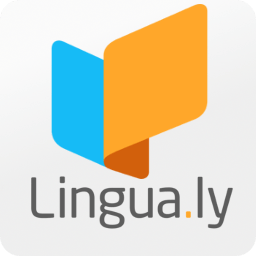
While traditional language immersion entails a target language rich environment where the user is exposed to ample linguistic input from various sources, Lingua.ly utilizes digital language immersion, a method of employing a virtual learning environment to simulate the language learning environment. Users are exposed to authentic input in their target language through their computer, tablet, or mobile device as opposed to lesson-based instruction. Duolingo and Bliu Bliu are other examples of language education tech startups that also partially rely on a digital language immersion approach. In classroom learning, language immersion is often used to teach children in bilingual or content and language integrated learning programs. Digital language immersion is the E-learning extension of these trends.
Lingua.ly relies on a number of applied linguistics principles, including the Natural Approach and Krashen’s Input Hypothesis, which argues that fluent language learners benefit most from language they acquire through exposure rather than direct instruction.

